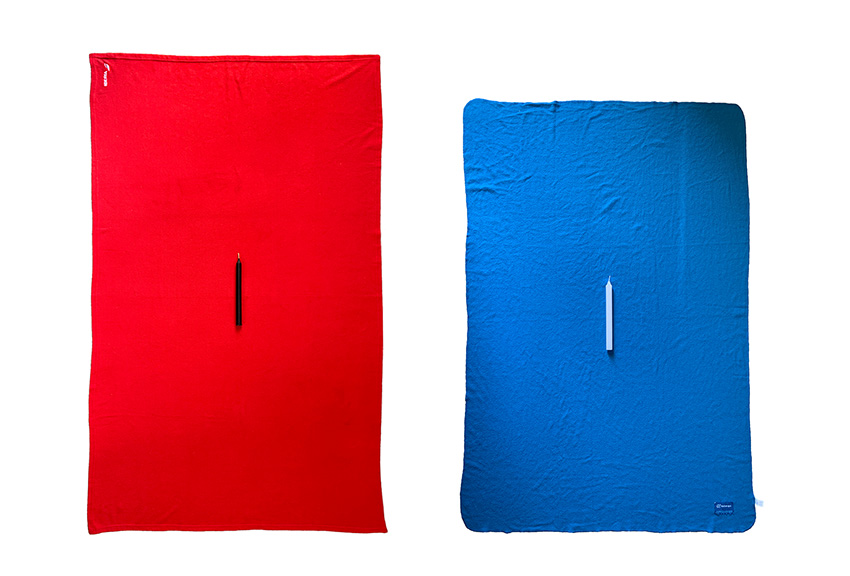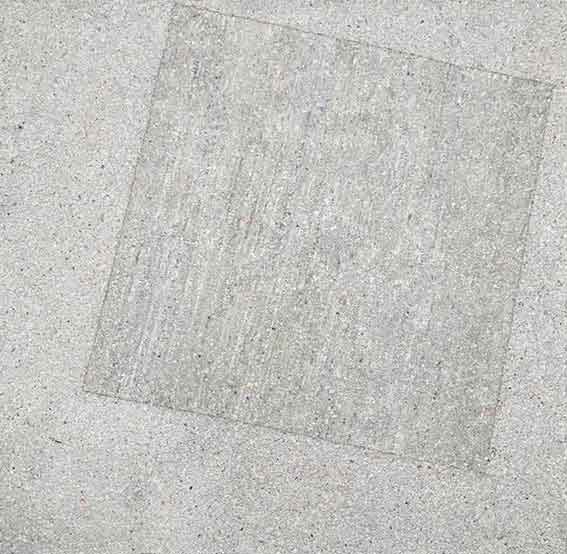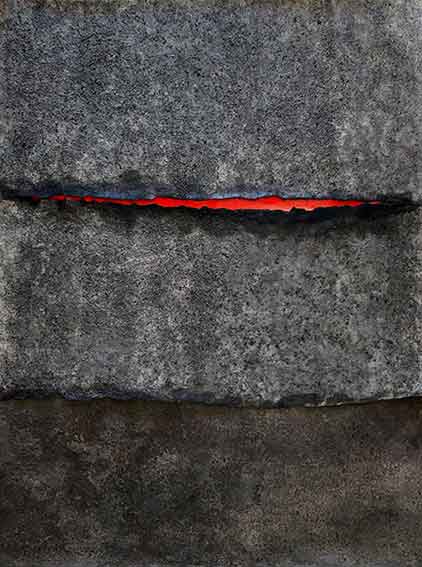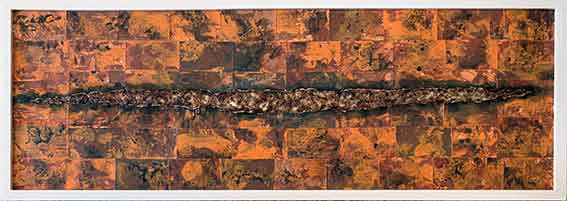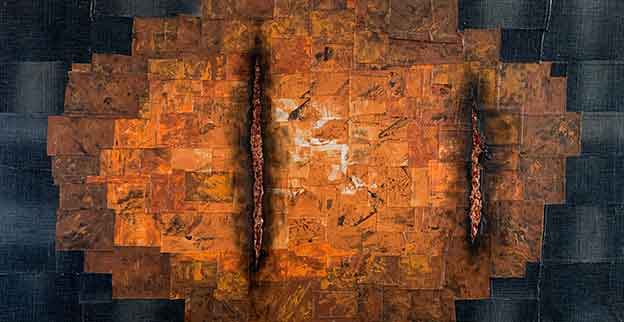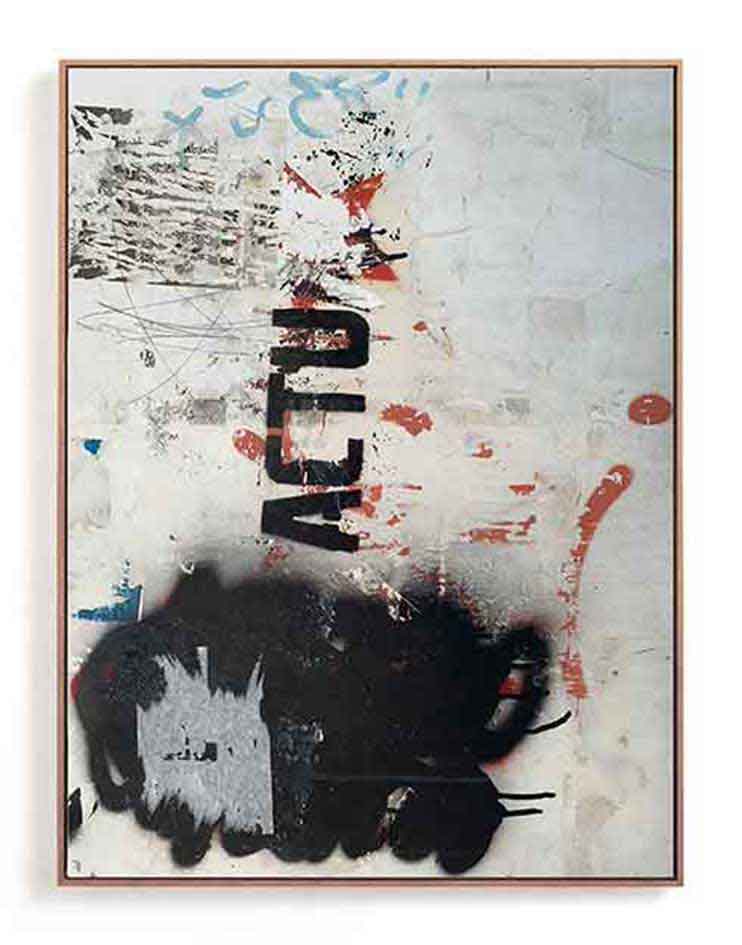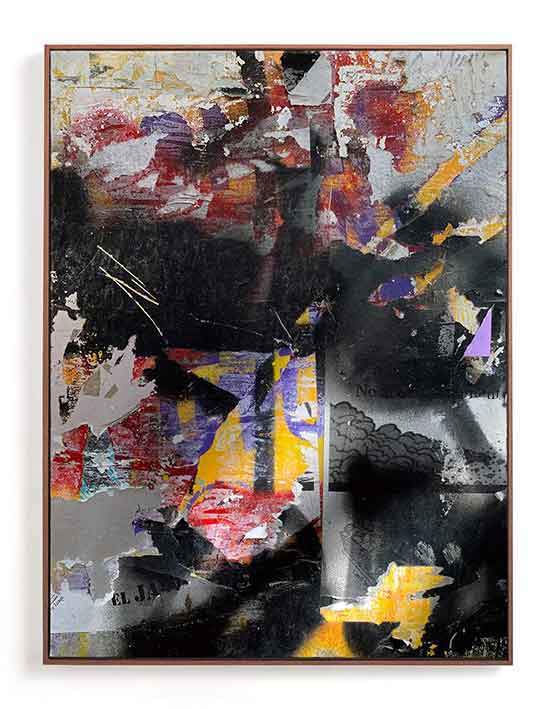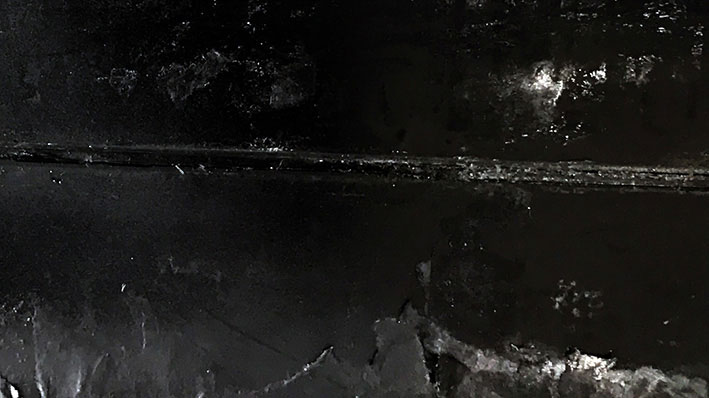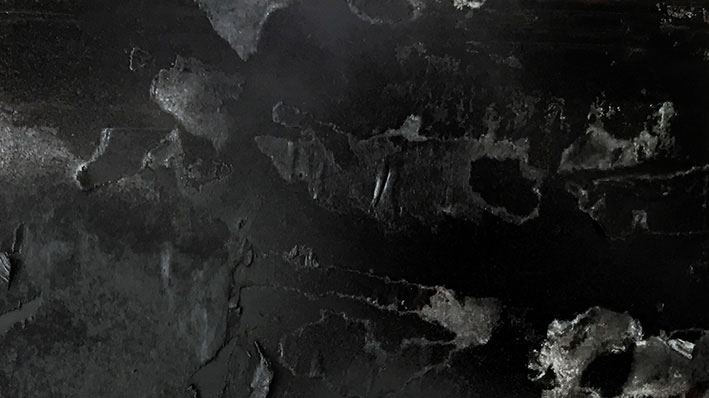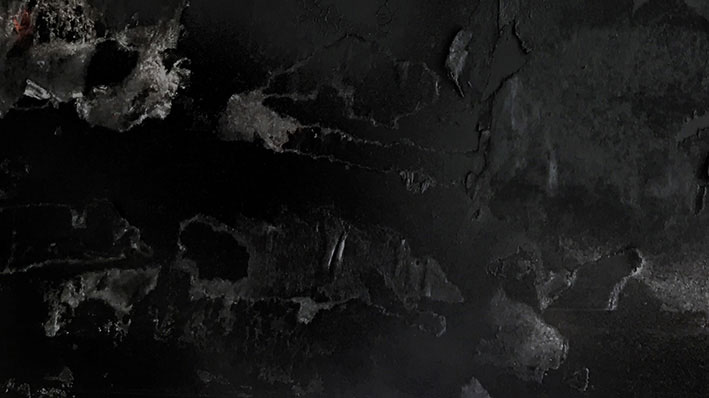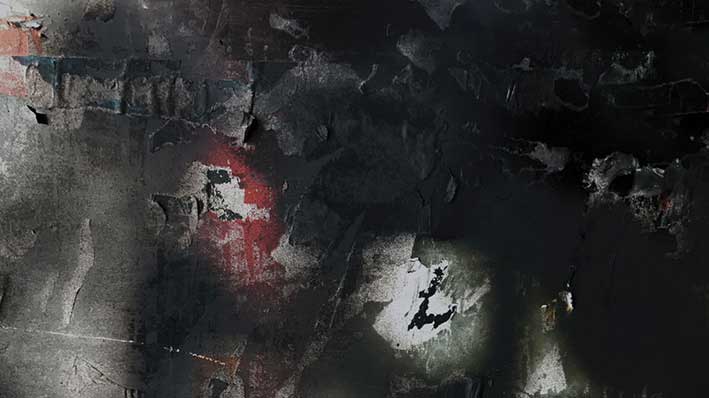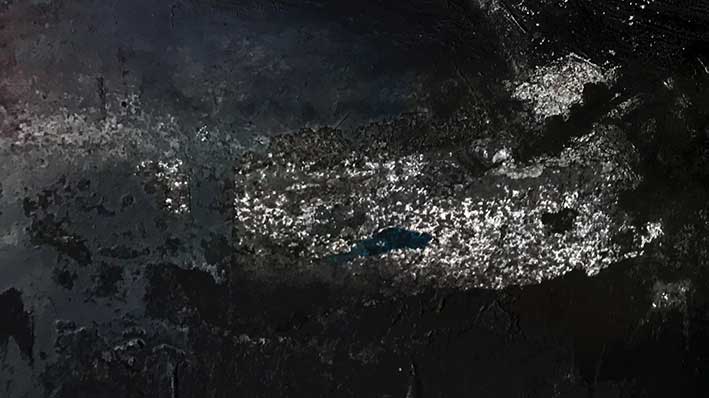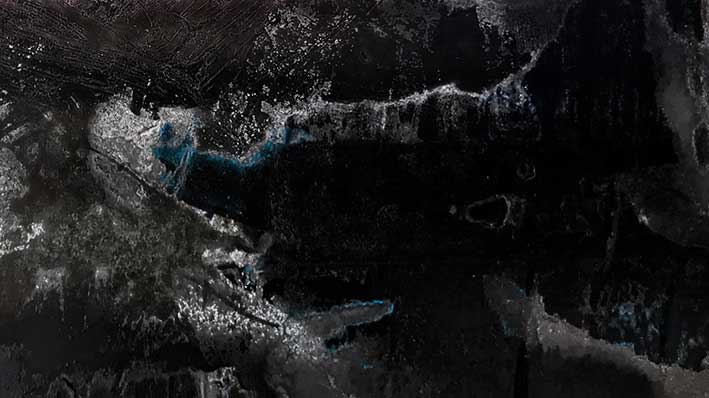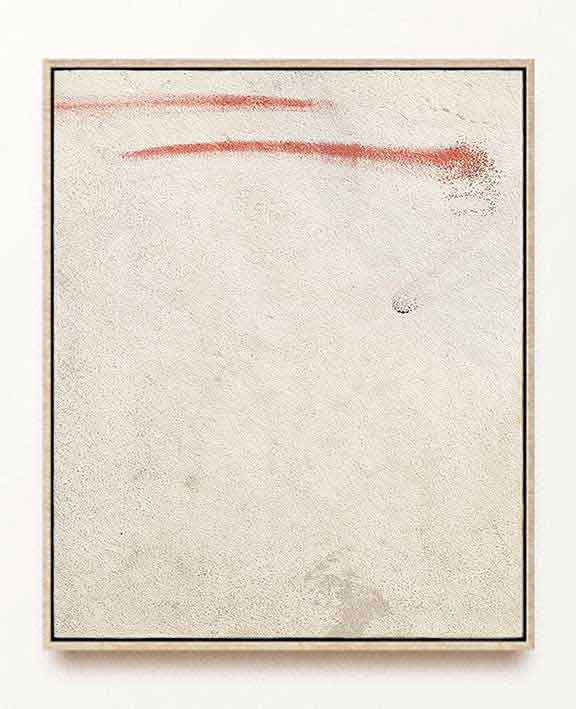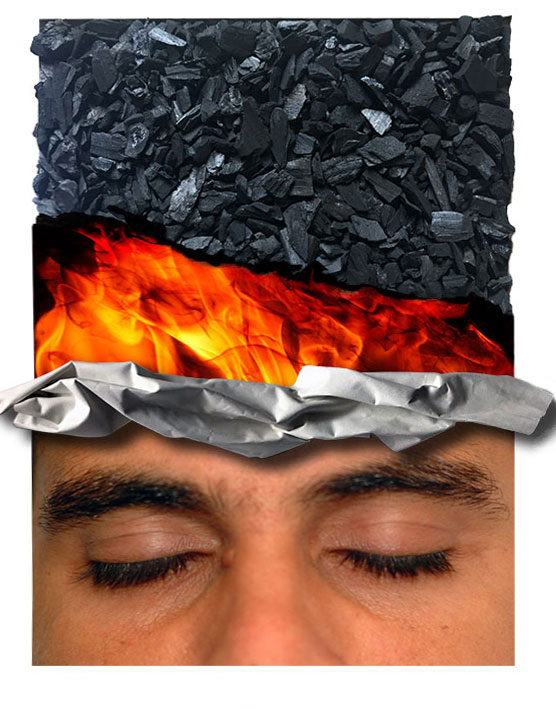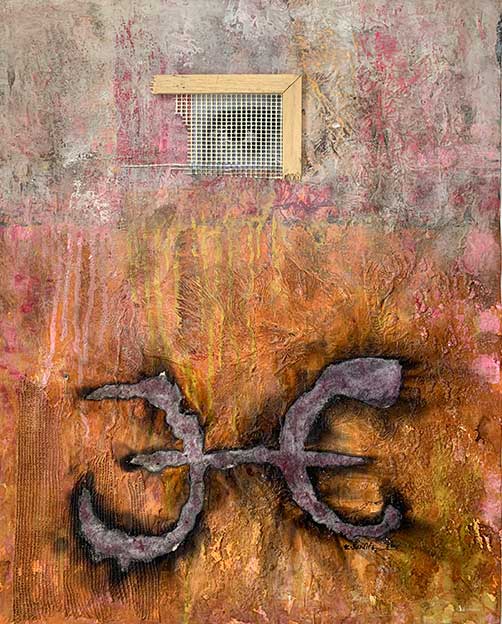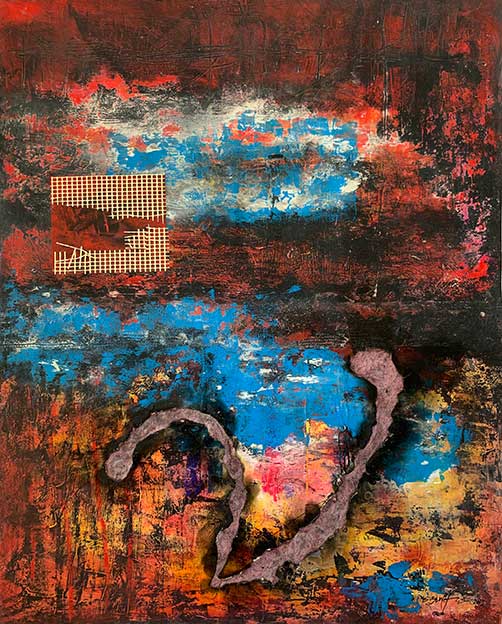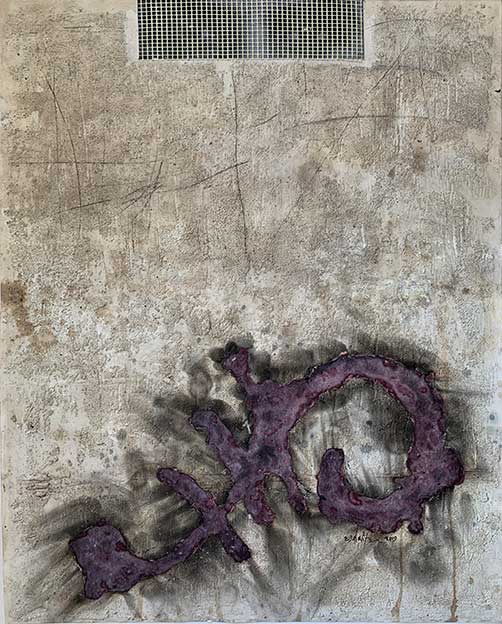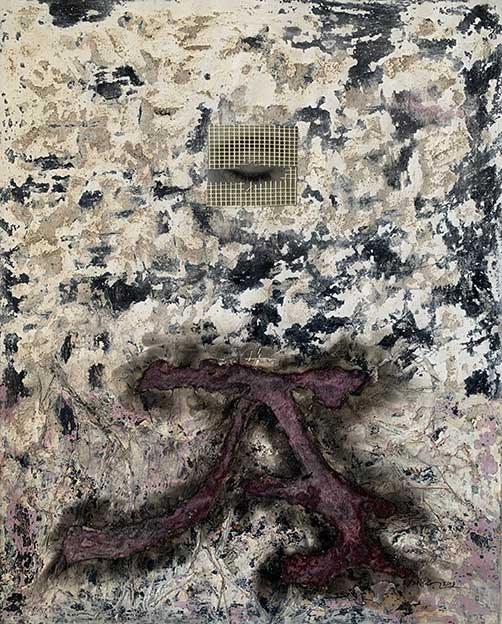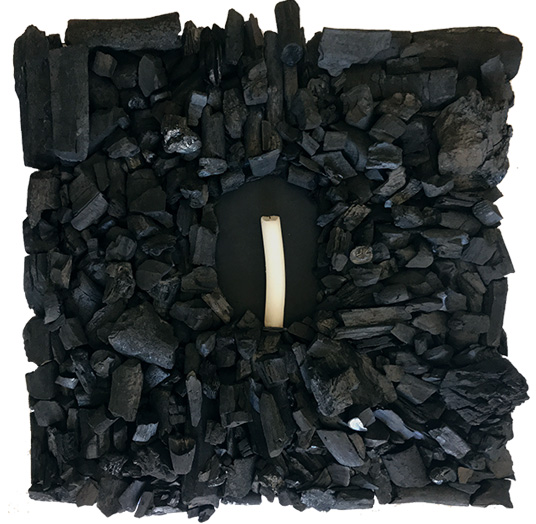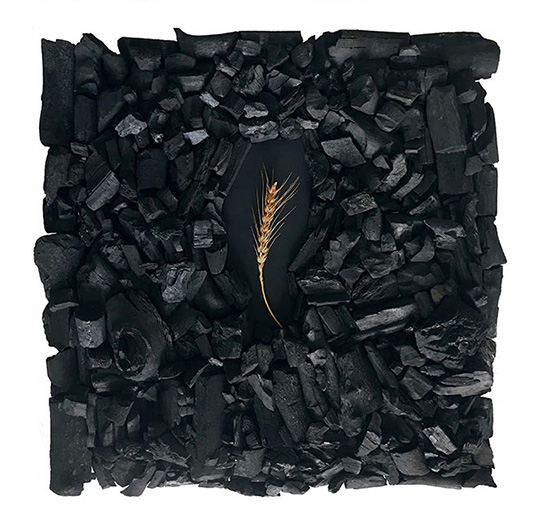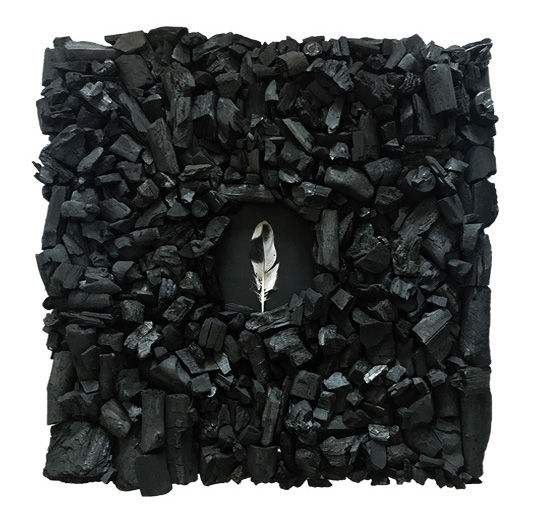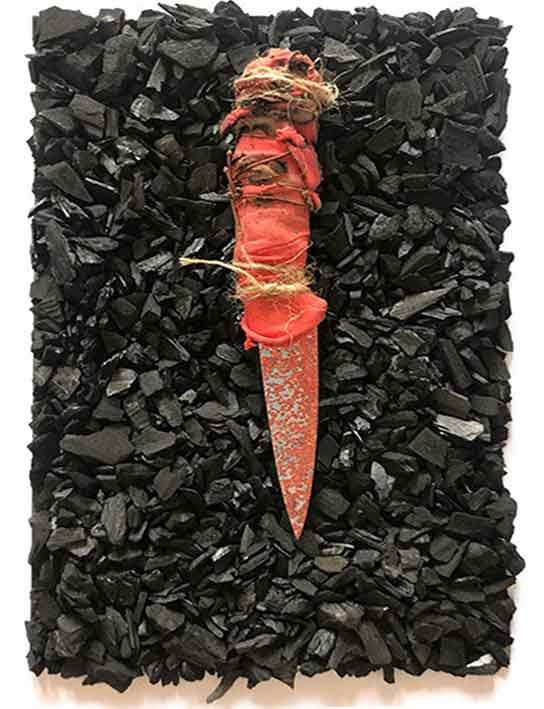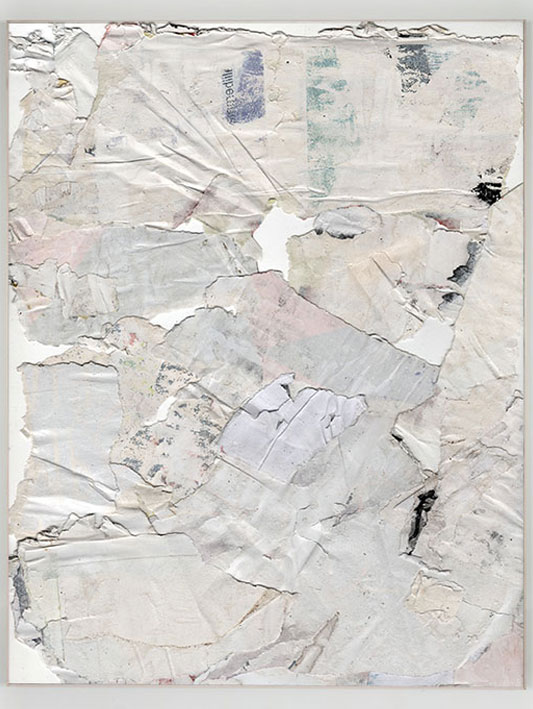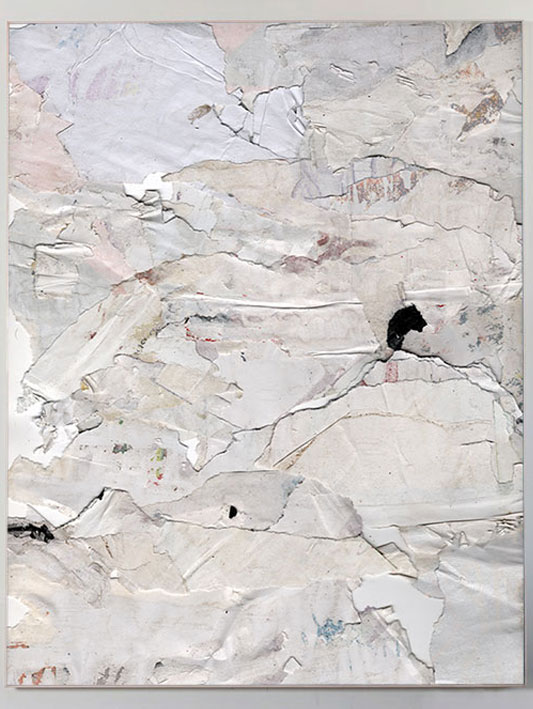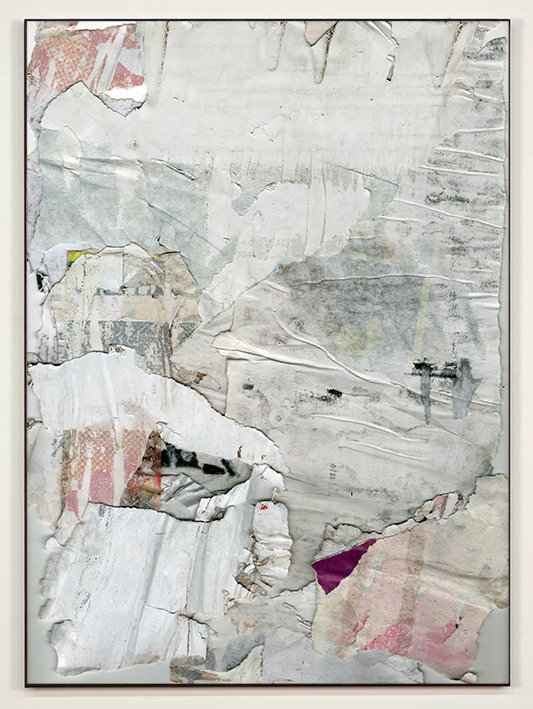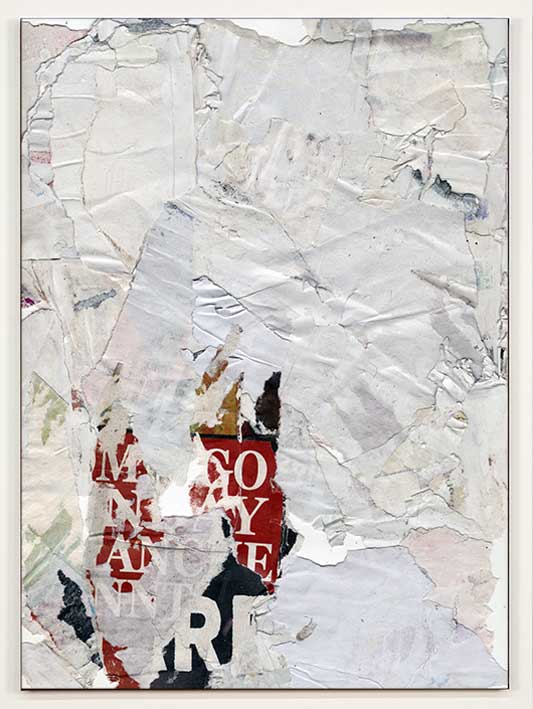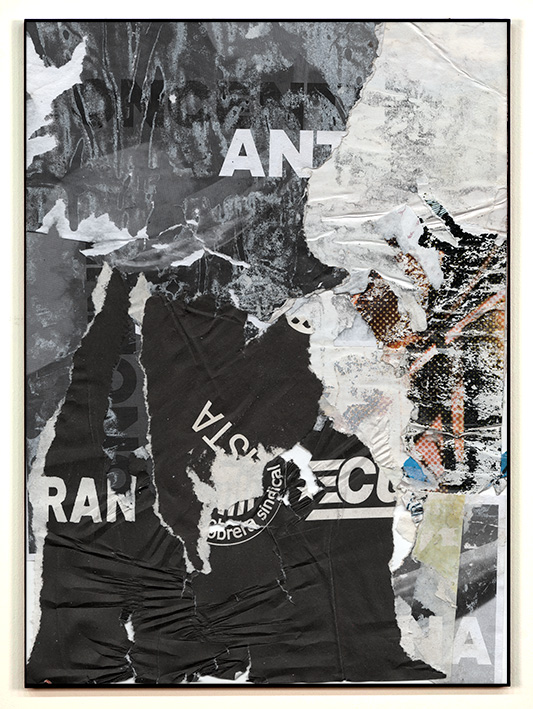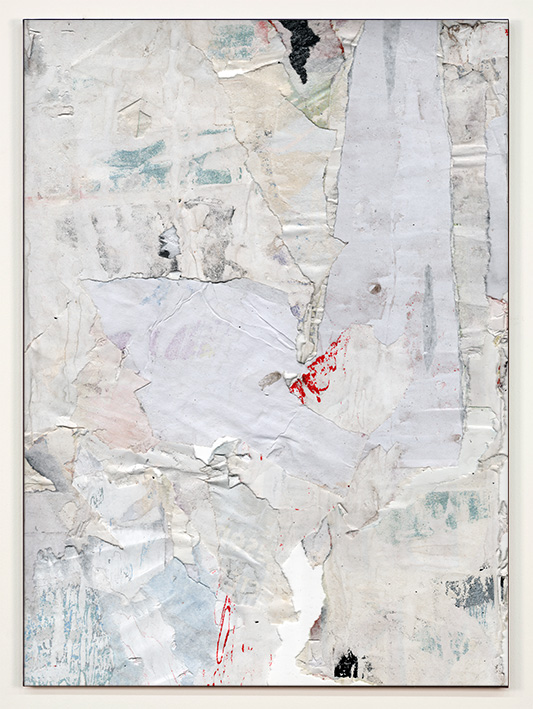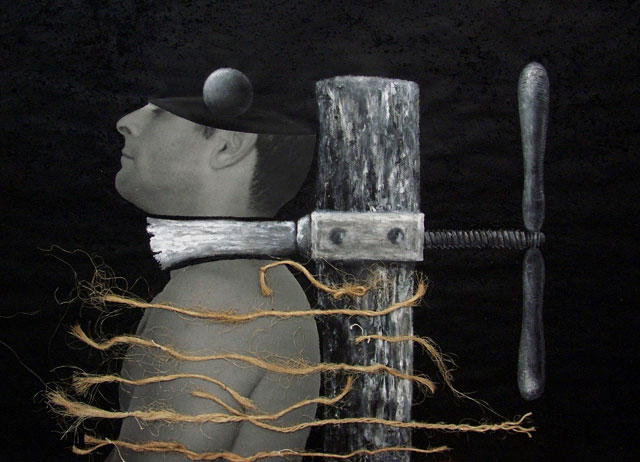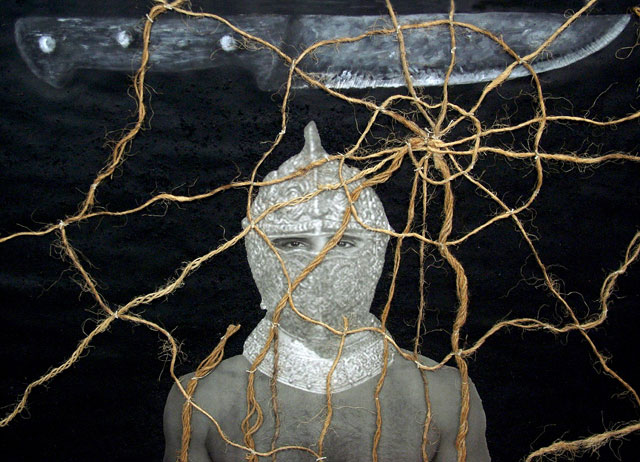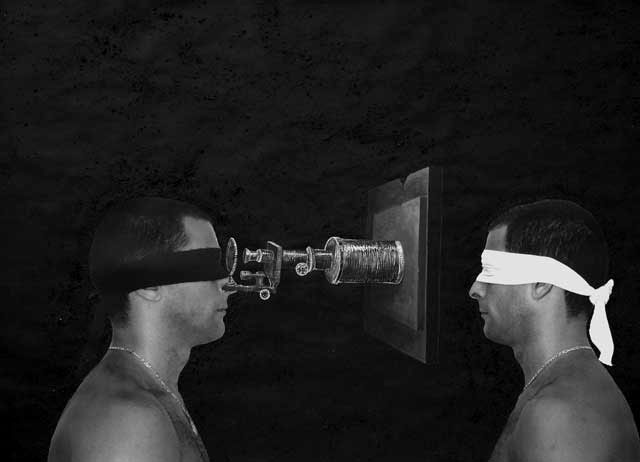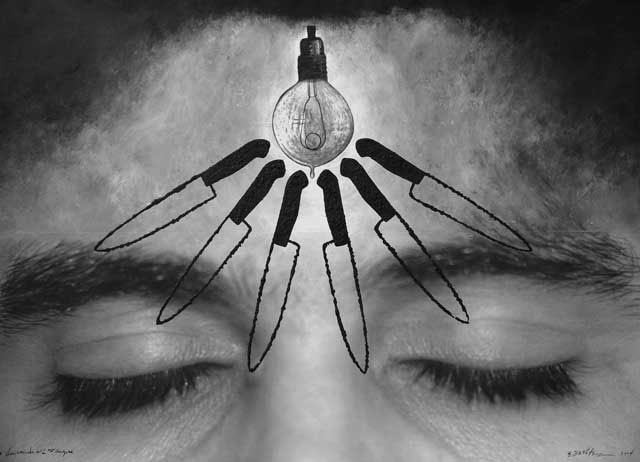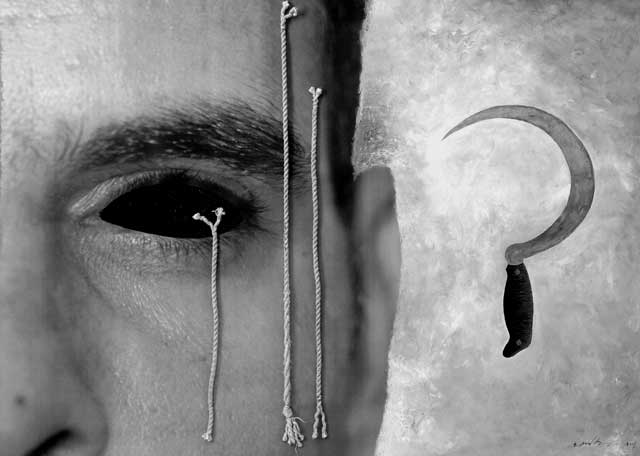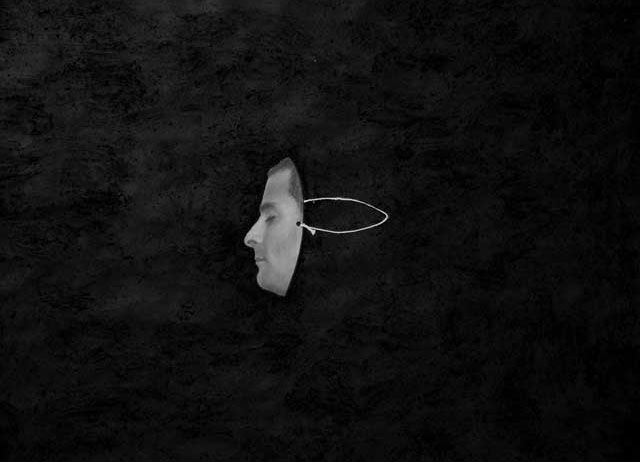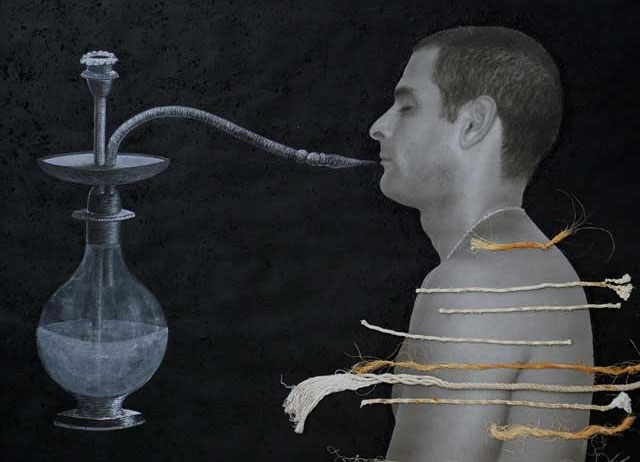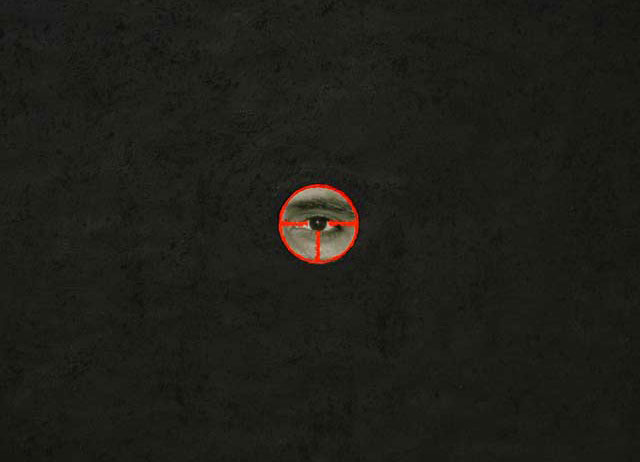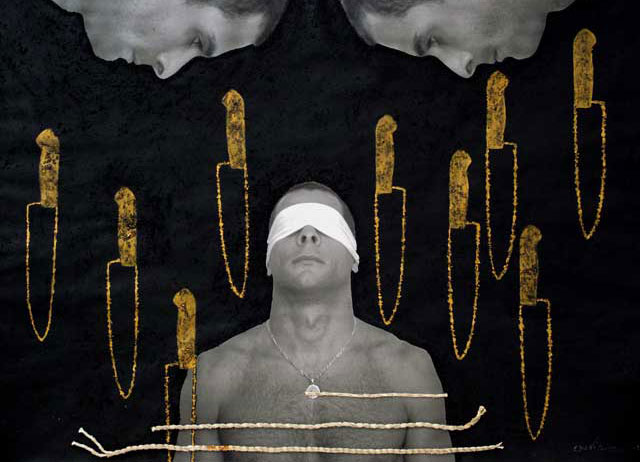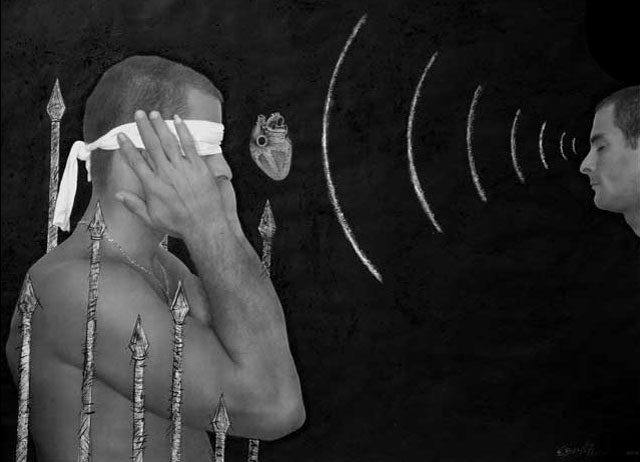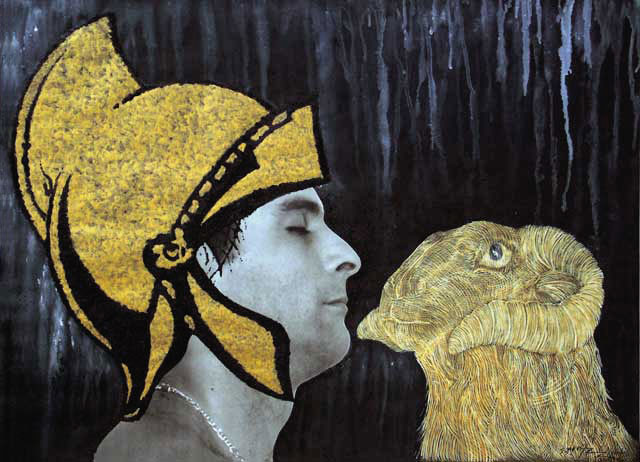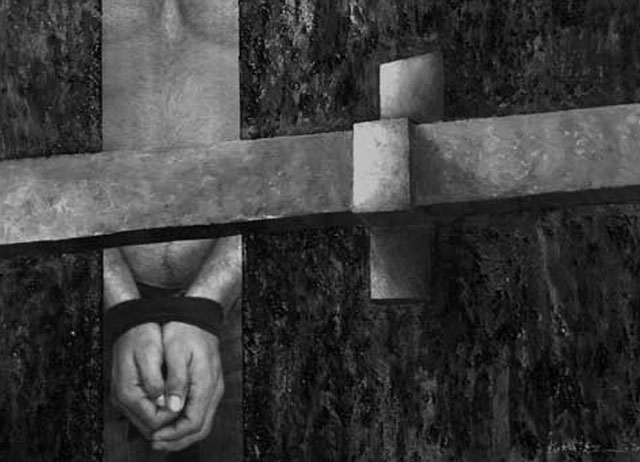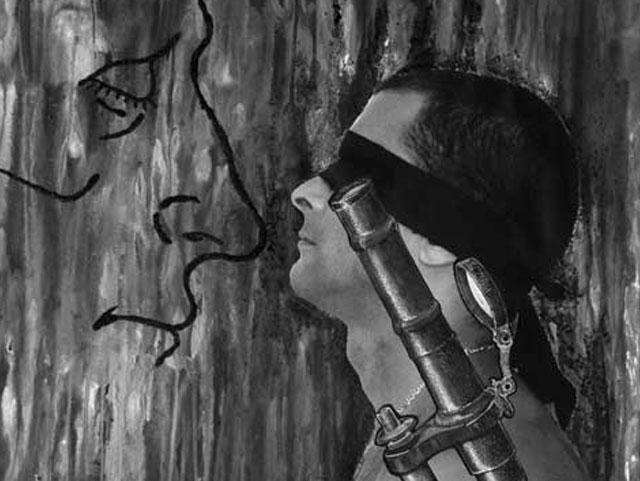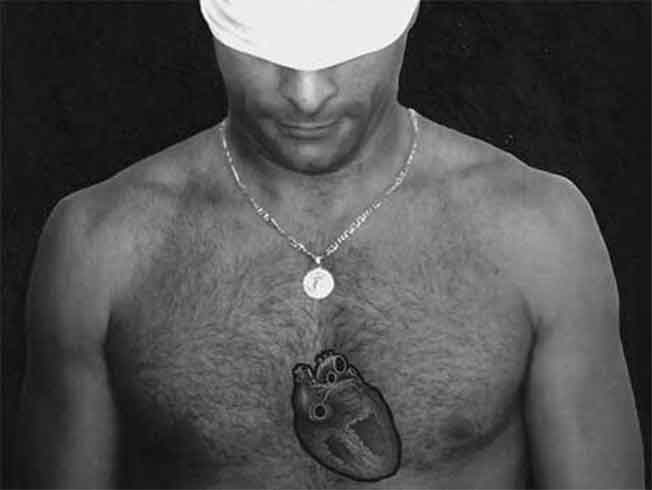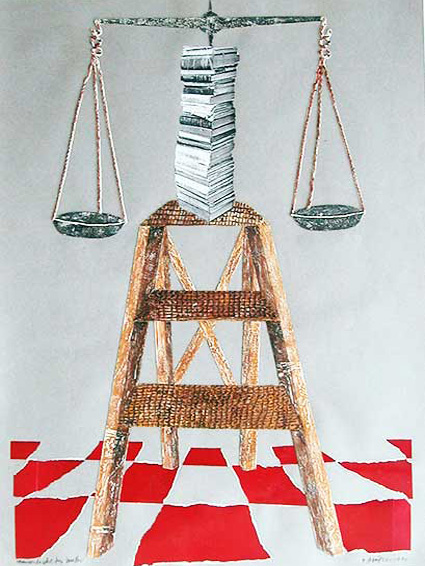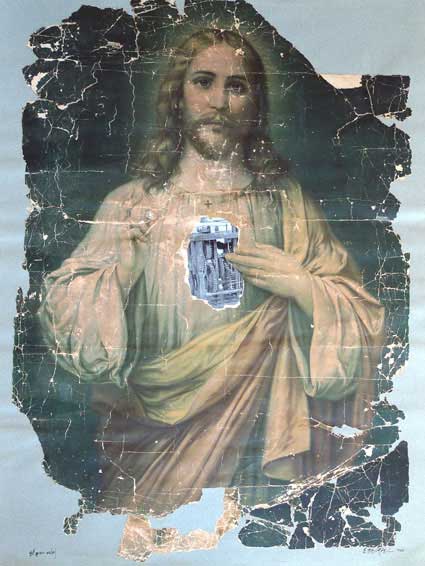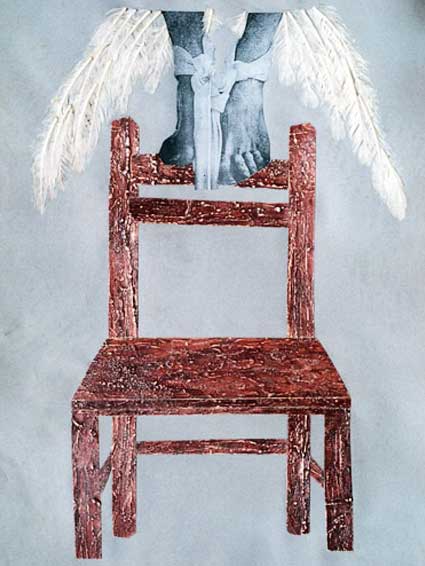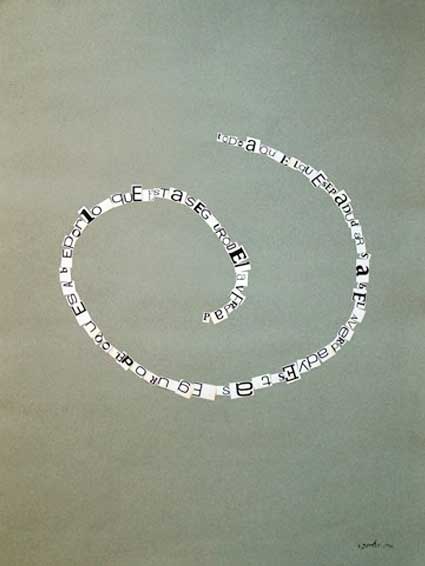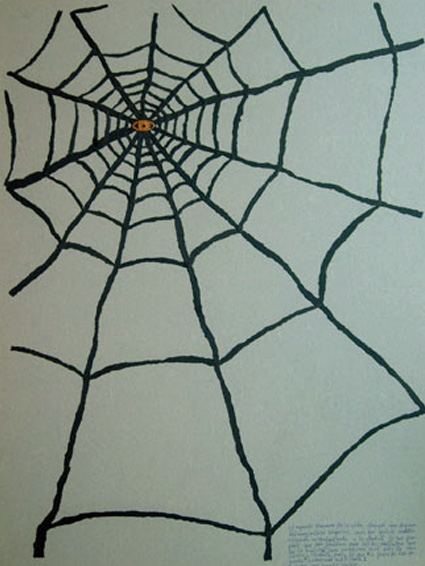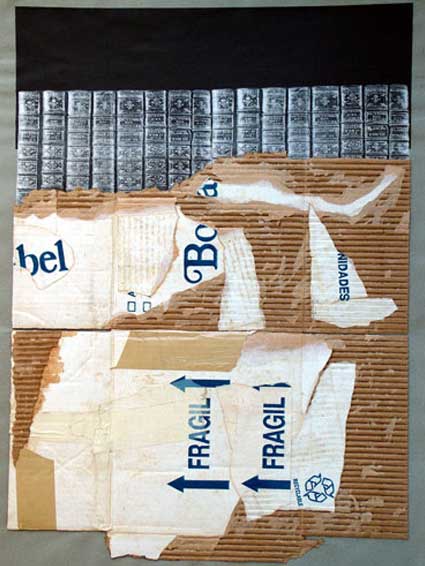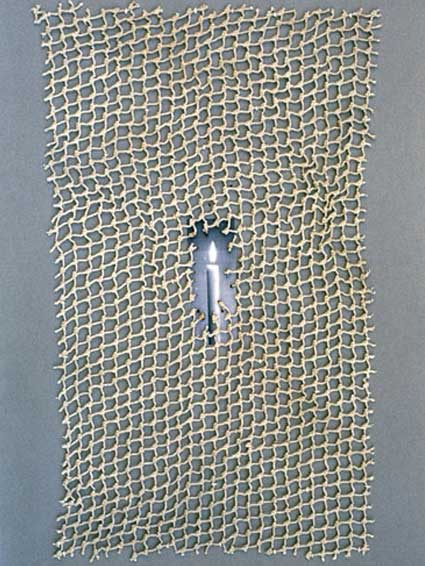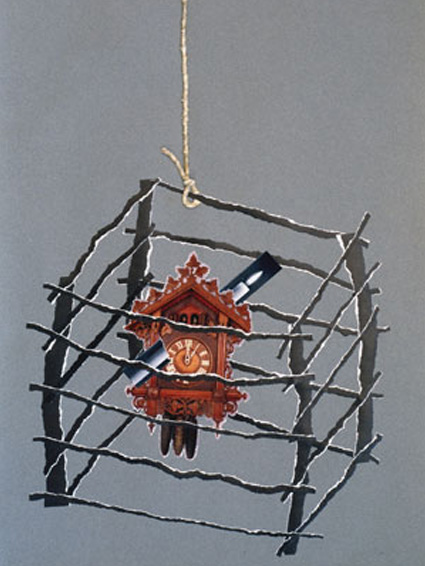(A selection of works made in Collage, Assemblage & Objects is shown to offer a global vision of the different produced series)
Although collage is an “artistic style” that was born and became popular with the artistic avant-garde at the beginning of the 20th century as an extension of the pictorial territory, in the modern context it was reborn or re-constituted as an expression of the consumer society and the mass-media. Thus, when Ernesto Benítez appeals to the inclusion of found objects in his work and the juxtaposition of elements of diverse origin in the same plane or support, he is evidently alluding to the objectification of modern man in the era of the market and urging us to pay special attention to the way we relate to the object of consumption. With this integration of found objects that we can appreciate in his recent work (fundamentally some series developed as part of the project 7 days of silence 2011-2018) and his later works, Ernesto proposes a social and cultural archaeological look that puts under the magnifying glass the phenomenon of accumulation to enunciate diverse questionings also around the hybrid or fragmented identities.
Of course, Ernesto is aware that the re-signification or reconstitution of the collage itself, as well as in the assembly (assemblage) and the art-object, implies, per se, a previous deconstruction (Heideggerian Destruktion, in his case) of metaphorical accumulations which, in its conceptual foundations, also relates to the practice and the principle of palimpsest. Yes, the concept of Palimpsest acquires powerful connotations in Ernesto Benitez’s aesthetic. The actions of “hiding” or “erasure” of diverse matrices on which new texts articulated with new materials are inscribed (both in collages and assemblages) denote his interest in re-contextualization and the redefinition of the symbolic order. This meaning motivates Ernesto to maintain his firm commitment to collage (assemblage, montage, ready-made, or whatever you want to call it) as manifestations that inevitably carry that nostalgic or melancholic charge and the reminiscence of a present built with the many retrospective and re-signified fragments of what no longer is, of the past. For Benítez, the collage, in its fragmentary essence, is then, a typology of a society, the culture and a being or individual mutilated, fractured… scissed.
In the articulation of the visual discourse proposed by Ernesto Benítez with his artistic praxis, collage and assembly (as reflections of the schizophrenic and fragmented “cosmovision” that has been installed in the neo-medieval collective imaginary), acquires a singular prominence and is structured as skins or significant layers superimposed around a central corpus or totemic nucleus urged to disguise. For Benítez, collage and assembly are, therefore, agonizing expressions of the most diverse splits of the subject in the modern culture that, at the same time, buries him/her (exercitium rescripti)

